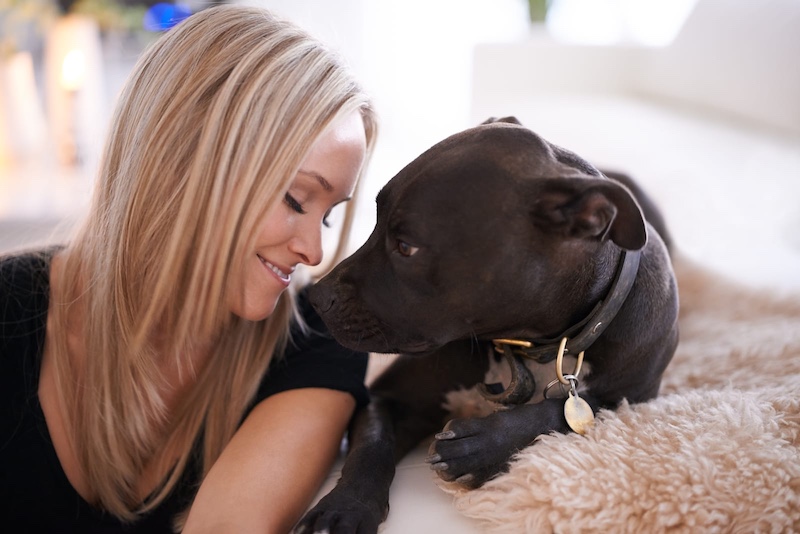Ever felt like your dog can read your mind? Dogs have a remarkable ability to tune into our emotions, often offering comfort when we’re sad, celebrating with us when we’re happy, and even providing reassurance when we’re stressed. Their mood-sensing abilities are so keen that many researchers believe dogs can pick up on both subtle and obvious cues from our body language, voice, scent, and even facial expressions. Here’s how our four-legged friends seem to know exactly how we’re feeling.
Dogs Are Experts at Reading Body Language
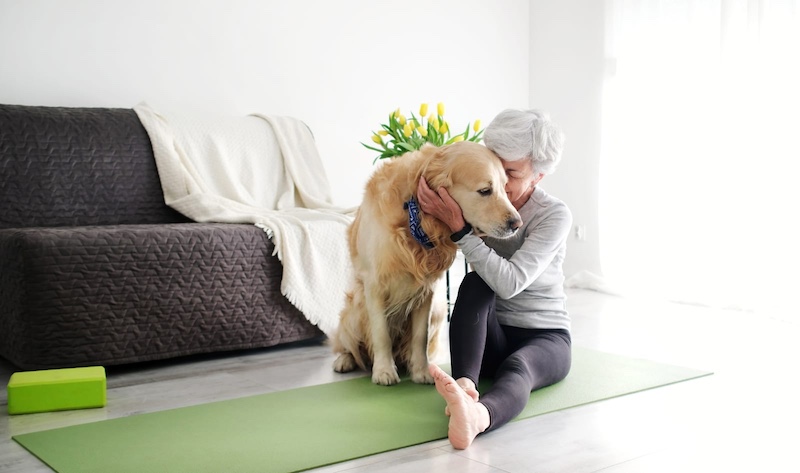
Dogs rely heavily on non-verbal communication, which is why they’re so good at picking up on our body language. Just like they communicate with other dogs through postures and movements, dogs observe our physical cues to understand our moods. If you’re sitting in a slouched posture or moving sluggishly, your dog may pick up on your lowered energy and act more subdued. Similarly, when you’re energetic and animated, they’re likely to mirror your excitement.
Dogs Respond to Vocal Tones
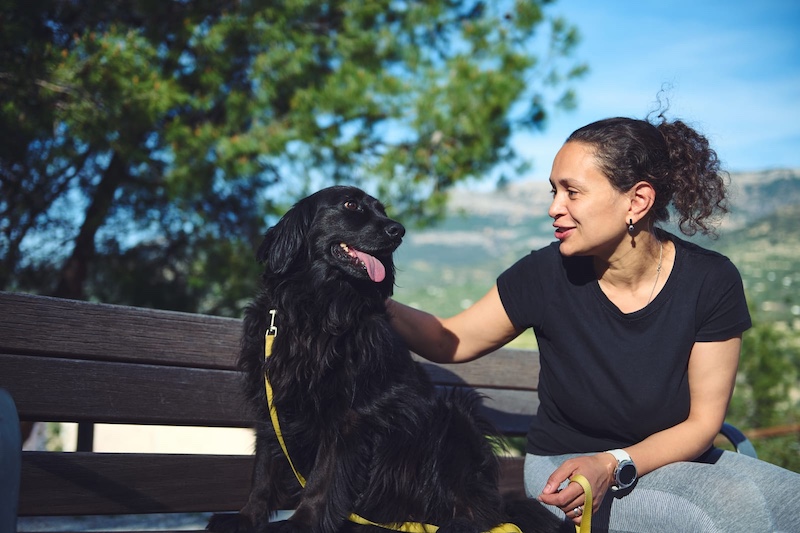
Dogs are sensitive to the tone and pitch of our voices. They can distinguish between a cheerful, high-pitched tone and a stern, low-pitched voice. Studies have shown that dogs’ brains process emotional sounds, much like human brains do, which helps them interpret the meaning behind our words. If you speak in a comforting tone, your dog may interpret it as a signal that you’re calm and relaxed. But if you use an angry or stressed tone, your dog may react by becoming anxious or alert, sensing that something might be wrong.
They Can Smell Emotional Changes

A dog’s sense of smell is estimated to be up to 100,000 times more powerful than that of a human, making them particularly skilled at detecting subtle chemical changes in our bodies. When we’re stressed, anxious, or fearful, our bodies release different hormones, like cortisol and adrenaline, which can affect our scent. Your dog’s sensitive nose picks up on these changes, allowing them to detect shifts in your mood even before you’re fully aware of them yourself.
Dogs Recognize Facial Expressions

Dogs pay close attention to our faces and can read different expressions. Studies have shown that dogs can differentiate between happy and angry faces, responding differently to each. Dogs have evolved alongside humans for thousands of years, so they’re naturally inclined to interpret our expressions to gauge our emotional state. When you smile, your dog may sense your happiness and mirror that emotion by wagging their tail or getting closer to you. Conversely, if you’re frowning or crying, your dog might come over to offer comfort.
Empathy and Mirroring Emotions
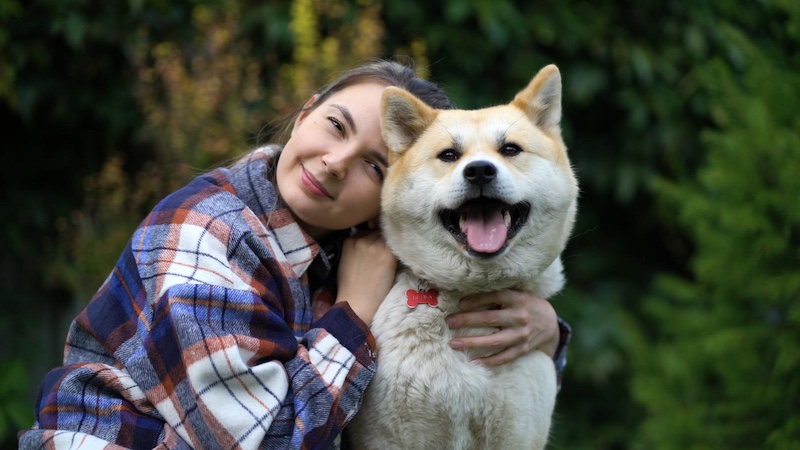
Dogs are highly empathetic animals and often respond to our emotions by mirroring them. If you’re feeling anxious, your dog may become more alert or even stressed, as they pick up on your tension. This mirroring is likely a product of evolution and a dog’s natural instincts to stay attuned to the pack leader, which, in a domestic setting, is usually you. Some dogs even seek to comfort their owners by staying close, licking their hands, or nudging them with their noses when they sense sadness.
Why It Matters
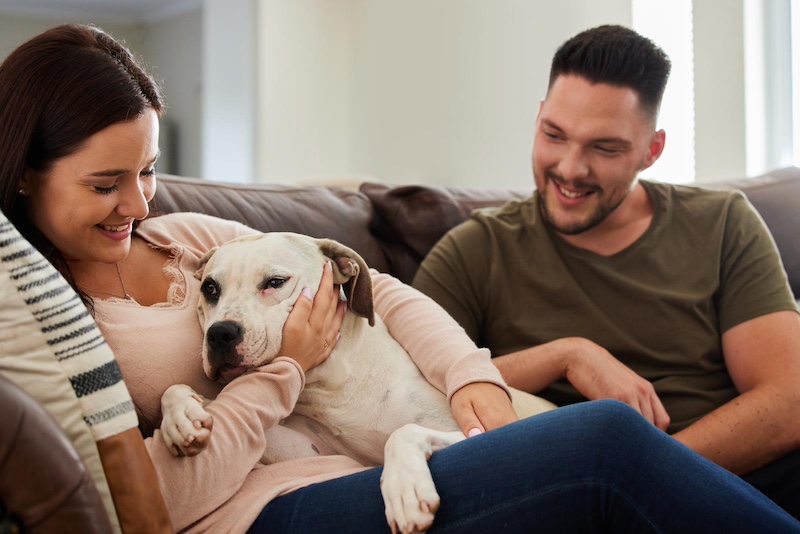
Understanding how dogs sense our moods enhances our relationship with them. It encourages us to be mindful of our own emotional states around them, as our dogs are likely affected by our stress, anxiety, or joy. When we’re aware of the impact our mood has on our pets, we can work towards creating a happier and healthier environment for both ourselves and our furry friends. Please Note: This content was created with the assistance of AI and thoroughly edited by a human before publishing.

